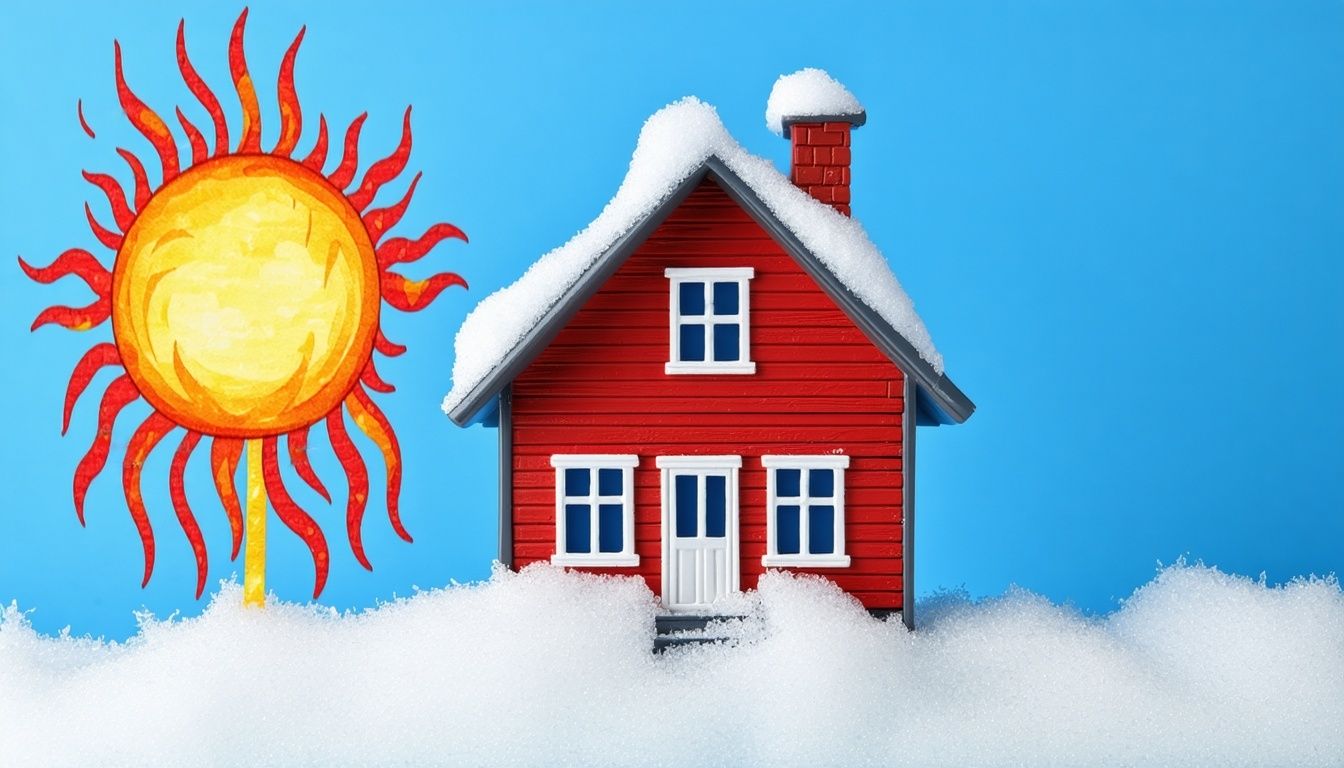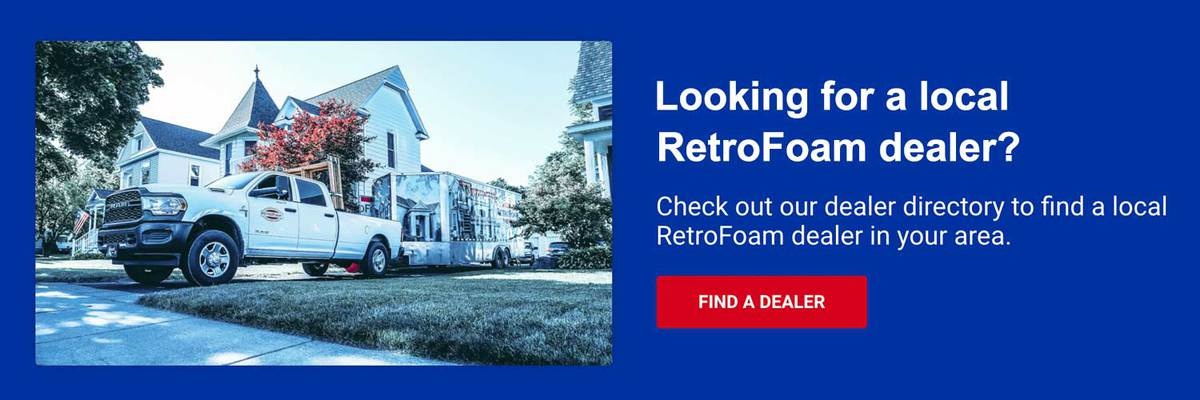8 Things to Do When Your House Is Too Hot or Too Cold
energy efficiency | existing home insulation | uncomfortable home


Let's be honest -- when your house is cold in the winter or too hot in the summer, it feels like you just can't win.
One day, you're buried under throw blankets, the next, you're melting in front of a box fan with a bowl of ice. No matter what tricks you try, it seems impossible to maintain a comfortable temperature in your home.
If you're thinking, "Why is my house so cold?" or "Why is my home too hot in the summer?" -- You're not alone. We've helped thousands of Michigan homeowners who felt the same way.
At RetroFoam of Michigan, we've been tackling comfort issues in homes since 2002, so we've learned a thing or two about how to make homes feel just right.
Let's dive into what you can do when your cold house or hot home just isn't cutting it anymore.
8 Smart Fixes for a House That's Too Hot or Too Cold
If you're constantly battling temperature swings, here are some practical fixes you can try.
1. Change Your Furnace Filter
A dirty furnace filter can restrict airflow, forcing your system to work harder.
Swap out your filter every three months to keep things running smoothly and help your home stay warm when the temperature drops.
2. Consider Upgrading Your Windows
Drafty windows are a major source of energy loss.
Installing energy-efficient windows can reduce air leaks and make your home feel less like a wind tunnel in the winter or a greenhouse in the summer.
3. Seal Around Windows and Doors
If new windows aren't in the budget, use caulk or weatherstripping to seal around existing ones.
This small DIY project can block drafts and help stabilize indoor temps.
4. Hunt Down Other Air Leaks
Not all leaks are around your windows.
Check around plumbing, ductwork, outlets, and where wires come through the walls.
Sealing these spots can have a big impact on comfort, according to the U.S. Department of Energy.
Don't forget to keep your chimney flue tightly closed when it's not in use.
5. Balance Your HVAC System
Is your house cold in some rooms but hot in others?
Your HVAC might be unbalanced. Have a professional check the system, and make sure it's properly sized for your home.
If it's too small, it won't be able to keep up -- especially when your house is too hot in summer.
6. Maintain Your AC and Furnace
Just like your car, your heating and cooling systems need regular maintenance.
Change your AC filter every three months and schedule seasonal tune-ups to ensure efficient performance year-round.
7. Clean Your Ducts and Vents
Poor airflow = poor comfort.
Dust and debris in your ducts can block air from reaching your living spaces. Keeping everything clean ensures even airflow and consistent temperatures.
8. Insulate Your Home
If you're doing everything else right and your home is still too cold or your house is too hot in summer, the root issue may be your insulation.
Many older homes either lack insulation altogether or have outdated materials that no longer do the job. Foam insulation creates an air seal that keeps conditioned air inside and outdoor temperatures out -- making your home more comfortable and energy-efficient.
Creating a Comfortable, Energy-Efficient Home
When your home is too cold or too hot, it's not just uncomfortable -- it's also costing you money.
Your HVAC system is working harder than it should, driving up energy bills and wearing out your equipment faster.
By addressing leaks, performing maintenance, and considering updated insulation, you'll take control of your home's comfort and create a space that feels great year-round.
Key Points:
- Dirty filters restrict airflow and reduce heating/cooling efficiency.
- Old or leaky windows can let outdoor air in and indoor air out.
- Unsealed cracks and gaps are sneaky sources of energy loss.
- Imbalanced HVAC systems can make some rooms hot and others cold.
- Lack of insulation means your home can't hold onto comfortable temperatures.
- Foam insulation provides an air seal that stops drafts and boosts energy efficiency.
- A cold house in winter or a hot house in summer often comes down to poor insulation and airflow.
- Comfort and energy savings go hand in hand -- solving one helps with the other.
Related Articles
How to Fix Drafty Windows by Sealing and Insulating Around a Window Frame
About Amanda Emery
Amanda previously has worked as a breaking news and crime reporter, TV news producer, and editor in Flint and Detroit. Throughout her career as a journalist, she has won several awards from The Society of Professional Journalists - Detroit Chapter and the Michigan Press Association. As part of the RetroFoam of Michigan family, Amanda uses her experience as a journalist to write content that will help educate homeowners on the benefits of foam insulation. When Amanda isn’t writing, she’s spending time with her husband and rescued huskies. She also loves knitting, making art, cooking, and hosting dinner and a movie night for friends and family.


